Battle of the ‘budget’ full-frame mirrorless
The Nikon Z6 and Sony a7 III are two cameras with much in common including 24MP full-frame sensors. If you’re looking to sink your teeth into the world of full-frame mirrorless, these two represent the most-affordable current models on the market, with body-only MSRPs of around $ 2000.
But the Z6 is a first-generation product for Nikon, while the a7 III is Sony’s third go at a ‘budget’ full-frame offering. How much does this matter? Let’s dig in!
Note: Our impressions on the Z6 are largely based on limited experience of using (but not shooting with) a pre-production model, plus significant time spent shooting with pre-production samples of the higher-resolution but operationally very similar Z7.
Nikon Z6 vs Sony a7 III: Image quality
Both of these cameras make use of 24MP full-frame sensors. The Sony a7 III’s sensor offers excellent low-light image quality, excellent dynamic range and best-in-class JPEG noise reduction. Our full review also notes improvements to color – specifically skin tones – over past Sony full-frame cameras.
We’ve yet to test the Z6’s sensor, but if past Nikon 24MP full-frame sensors are any indication, we also expect excellent image quality. Generally speaking we prefer Nikon colors to Sony colors but the Sony may have an advantage when it comes to retaining detail while reducing noise at high ISOs. Still, it’s too soon to tell which camera will end up with the upper hand, so for now, it’s a toss up in the IQ department.
Nikon Z6 vs Sony a7 III: Video
Neither of these cameras is a slouch when it comes to video. In fact, the two have more in common than not, including: over-sampled 4K/24p video using full sensor readout, useful tools such as focus peaking, microphone and headphone jacks, in-body stabilization for hand-held shooting and a 1080/120p mode for slow motion work.
For more experienced filmmakers, there are some important differences though: The Z6 can output 10-bit log over HDMI, while the a7 III cannot. On the other hand the a7 III can record 8-bit HLG and S-Log2 in-camera, while the Z6 cannot.
Another area where the two cameras might vary is AF tracking in video. As noted in our a7 III review, the tap-to-track function uses Sony’s old Center Lock-on AF algorithm, which is somewhat unreliable and requires a combination of unintuitive button presses to engage. Conversely, based on our impressions shooting video with the Z7, Nikon’s tap-to-track is both easy to use and very reliable. Whether that proves true in use (bearing in mind that the Z6 features a slightly different AF system to the Z7) is something we’ll establish once we receive a reviewable camera.
Overall, both the a7 III and Z6 offer compelling video packages, but provisionally, we’re going to give the Nikon the nod for what’s likely to be more usable video AF.
Nikon Z6 vs Sony a7 III: AF
Both the Nikon and Sony offer impressive on-sensor autofocus point coverage. The Z6 has 273 PDAF points covering 81% of its sensor, the Sony has 693 PDAF points covering 93% of the frame. In terms of usability, both have AF joysticks making point selection painless. But the Nikon AF points are illuminated in red, making them substantially easier to see than that of the Sony’s (which only illuminate slightly when focus is confirmed).
Face detection modes are offered in both cameras, but only the Sony offers Eye AF which locks focus on a subject’s eye with incredible precision. For stills mode, we also prefer the Sony’s through-the-viewfinder subject tracking, which is easy to use and very reliable. The Z6 on the other hand does not inherit Nikon’s excellent 3D Tracking. Tracking through the EVF is clunkier than it is on Nikon DSLRs and requires pressing the OK button to reset and switch subjects – this is annoying and can cost you shots.
We’re calling it in favor of Sony when it comes to autofocus through the EVF. If Nikon manages to squeeze 3D Tracking into the Z6 via firmware, we’ll reconsider. Until then, the Sony’s seamless tracking, excellent Eye AF and more precise AF point spread give it the advantage.
Nikon Z6 vs Sony a7 III: Usability
We realize that a camera’s usability or lack thereof depends on the photographer operating it and their needs. But there are some notable UI differences between the Z6 and a7 III.
The a7 III has Sony’s latest menus, which have been cleaned up over previous versions, but we still find them a bit confusing and redundant. The camera offers a good level of customization, but requires a decent amount of time spent setting it up to really get the most out of it. The touchscreen is a disappointment: it has limited use when it comes to changing camera settings/navigating the menu and is overall, unresponsive.
The Z6 inherits its (also pretty complex and often confusing) menus from Nikon DSLRs and largely functions like a Nikon DSLR except for its AF modes, which are inherited from the Coolpix line. Like the a7 III, it also offers a good level of customization, but in our opinion it’s an easier camera to simply pick up and shoot with. The Z6 also offers a top plate info panel – the a7 III does not. And unlike the Sony, its touchscreen can be used to change camera settings and navigate the menus.
Overall, both cameras are very usable, but the Nikon’s better touch operation makes it the winner.
Nikon Z6 vs Sony a7 III: Body design
The Nikon Z6 and Sony a7 III are remarkably similar in terms of size and weight – the Sony is 25g lighter, 7mm narrower, 5mm shorter and 6mm thicker. And while both cameras are weather-sealed, the Sony lacks proper sealing on its bottom battery door (the Nikon battery door is well-sealed) which is something to consider if you shoot in wet conditions.
Grip preference is obviously very subjective, but as a staff, we prefer the Z-series grip to that of the a7 III. However, the Sony offers dual SD card slots, (only one is rated for faster UHS-II memory cards), while the Nikon offers a single XQD slot (but will support CFexpress media in a future firmware update). Does this matter? That depends on how and what you shoot. Judging by the comments on our Z7 launch content, for a lot of you it’s a deal-breaker.
Overall, we really like Sony’s dual slots, but appreciate the Nikon’s comfier grip, top plate info panel and more robust sealing. Still, we’re calling this one a toss up.
Nikon Z6 vs Sony a7 III: Lenses and mount
At launch, the Nikon Z6 will have three available native lenses, shown above.
Nikon’s new Z mount is larger than Sony’s E mount by a good margin (55mm vs 46.1mm) and has a shorter flange distance (16mm vs 18mm). So what does this actually mean? Well, in theory it means that Nikon will be able to put out faster glass because their lenses will be less constrained by the limitations that the E-mount’s comparatively narrow throat imposes. This also means the Nikon Z might become the most adaptable camera ever, since it has the shortest flange distance we’ve ever seen.
On the other hand, right now there are only three native Z lenses available for the Nikon Z6 whereas the a7 III can make use of 25+ native Sony lenses as well as an ever growing list of third party lenses. Then again, thanks to the $ 250 FTZ adapter ($ 150 for a limited time if bought with a Z camera) the Z6 will work with most F mount lenses, autofocus and all.
Again, though, this one is also a toss up. The Nikon clearly has the more versatile lens mount for those looking to invest in a system today – the Sony has more native glass to offer, sans adapter.
Nikon Z6 vs Sony a7 III: EVF & LCD
The Nikon Z6 has a a 3.68M dot electronic viewfinder with 0.8x magnification, compared to the Sony a7 III’s 2.36M dot EVF with 0.78x magnification. That difference in EVF resolution gives the Nikon a crisp and clear advantage. It’s also worth noting the Nikon doesn’t appear drop its EVF resolution when in shooting mode, while the Sony does.
And while both cameras have tilting LCDs, the Nikon has a larger, higher-res screen: 3.2″ and 2.1M dots compared to 3″ and 922k dots. Overall, Nikon is the winner when it comes to EVF and LCD.
Nikon Z6 vs Sony a7 III: Performance
In terms of speed, both cameras offer solid burst rates for anyone wishing to capture sports or action. The Sony a7 III can shoot up to 10 fps with AF compared to 12 fps on the the Nikon Z6. But the Sony has the Nikon beat when it comes to battery life, pumping out 710 shots per charge (CIPA rated) compared to a measly 330 shots per charge (CIPA rated) on the Nikon. We assume that like the Z7, the Z6 will be able to shoot for a great many more photos than that on a single charge for most people’s normal use, but so does the a7 III.
Due to the better battery life Sony gets the nod in the performance department.
Nikon Z6 vs Sony a7 III: Conclusion
It’s almost as if Nikon developed the Z6 intending to match the a7 III spec for spec. Of course, we know this isn’t true since the Z system has been in development for years. Still both cameras make a compelling case for your cash – such a compelling case, in fact, that picking a winner is far too difficult until we’ve fully tested the Z6. Until then, here’s a quick recap of how they stack up:
Both cameras should be capable of excellent image and video quality. But the Nikon Z6 has a better EVF, more responsive/high-res touchscreen, probably better video AF and a more versatile lens mount, including excellent near-native support for legacy F-mount lenses. On the other hand the Sony a7 III appears to offer a better autofocus experience for stills shooters, better battery life and obviously far more native lenses at launch.
Articles: Digital Photography Review (dpreview.com)












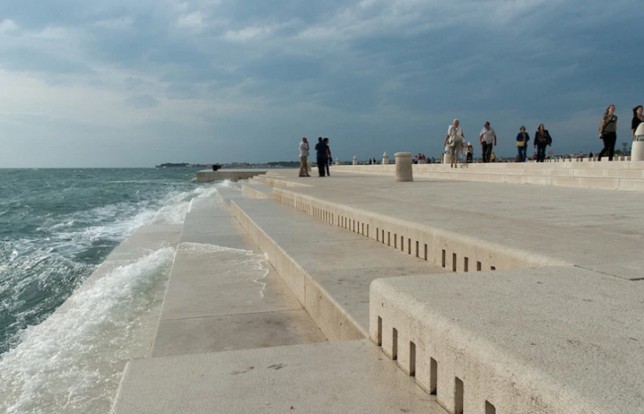
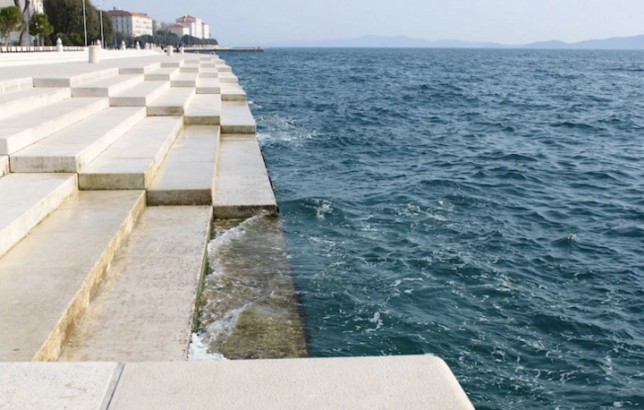
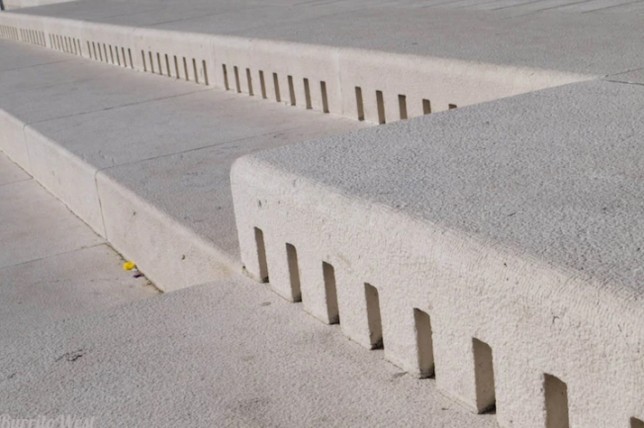




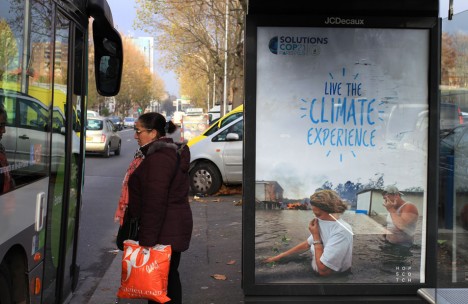
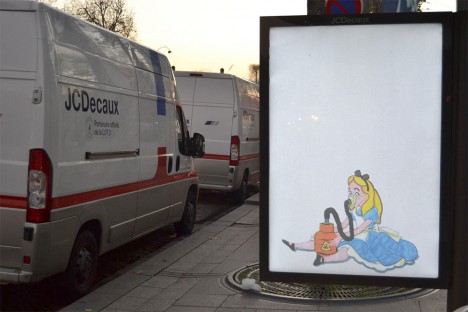
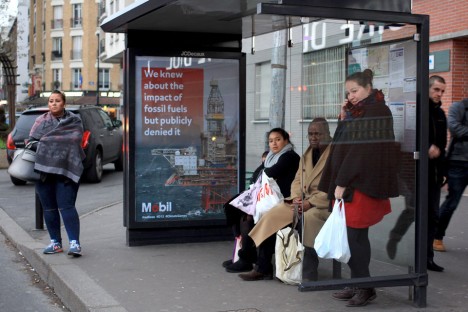
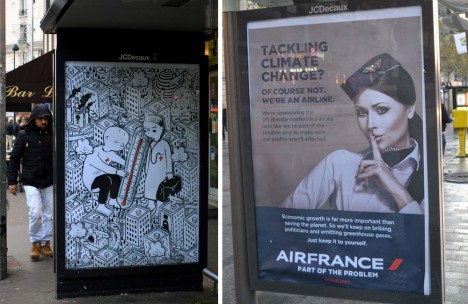
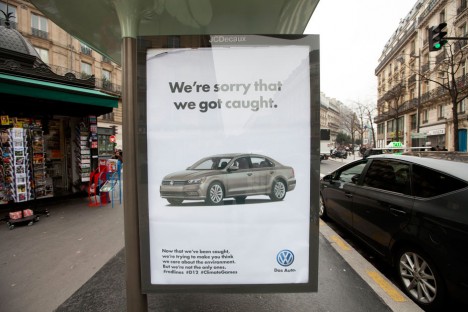


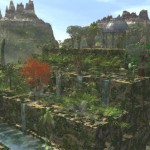
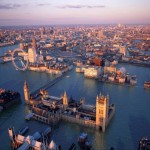







You must be logged in to post a comment.